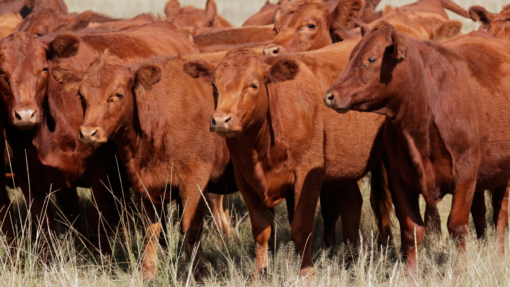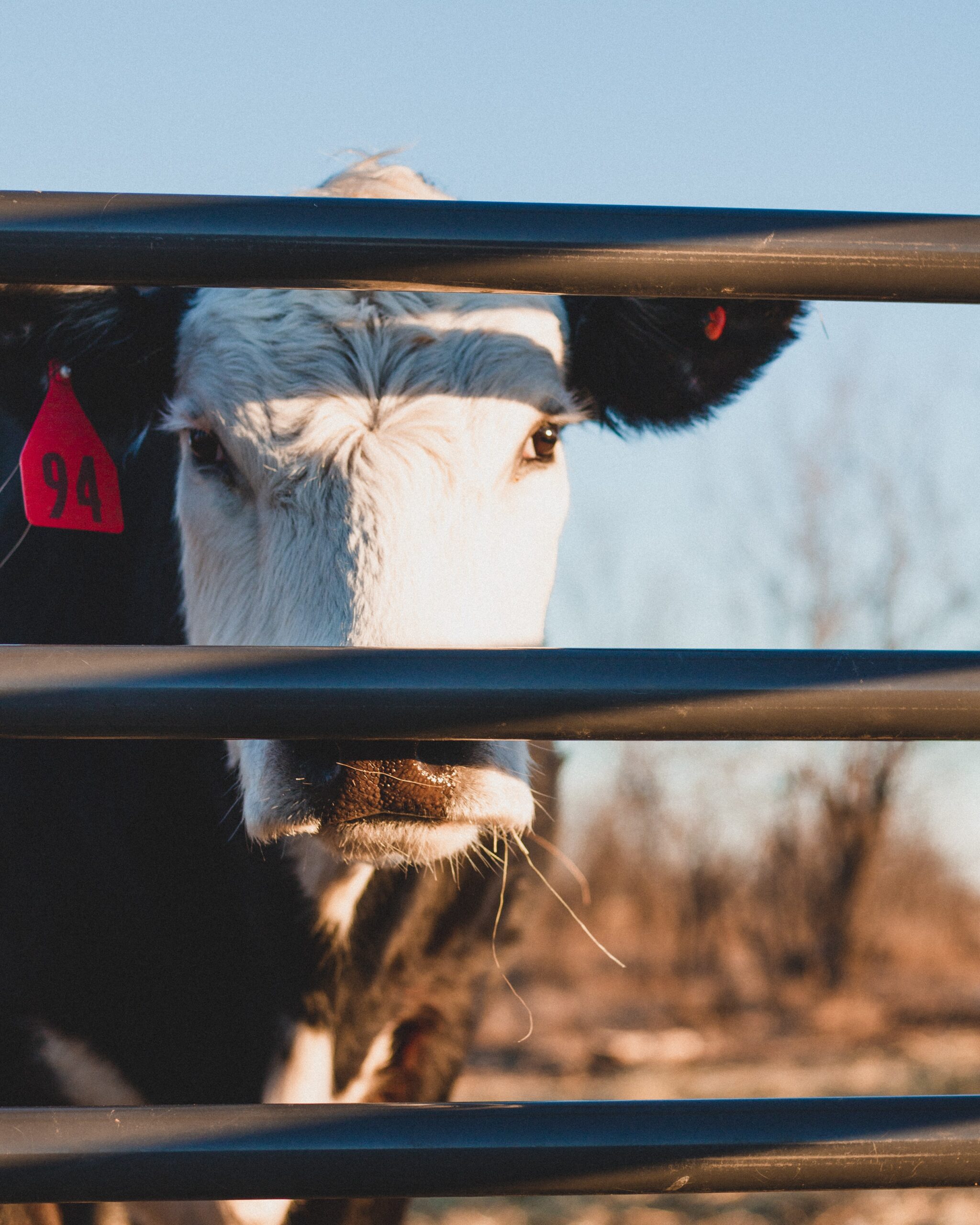It’s time for another USDA Cattle on Feed Report to be released on Friday, March 25th. The most interesting number in the report is going to be placements, e.g. the number of cattle placed on feed, in a feedlot with 1,000 head or more. Market analysts expect placements to be well above a year ago, almost 10 percent more in some estimates. Both USDA’s feeder cattle receipts data and the CME feeder cattle index data indicate more feeder cattle sales this February than last. While feeder cattle imports from Mexico were down about 23,000 head during the month, imports from Canada were up about 29,000 head. It’s also worth noting that placements in February, 2021 were relatively small.
Certainly, expanding drought is likely leading to increased placements. Some profitable recent closeouts also help boost placements. The war driven boost in corn and wheat prices occurred after the period for this report so placements were likely not driven by the events in Ukraine.
Marketings, as related to fed cattle slaughter, were quite good during February. They are expected to be up about 4.5 percent over last year. Combining marketings and placements indicate that the number of cattle on feed will be a bit more than 1 percent larger than last year. That will be close to the record large number of cattle on feed that was set in February.

Anderson, David. “Another Big Placement Month“. Southern Ag Today 2(13.2). March 22, 2022. Permalink








